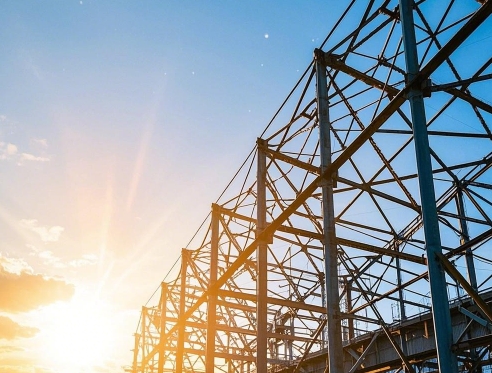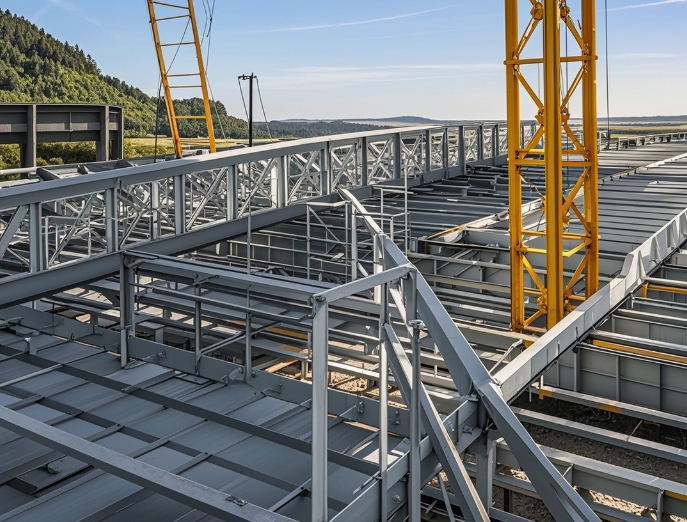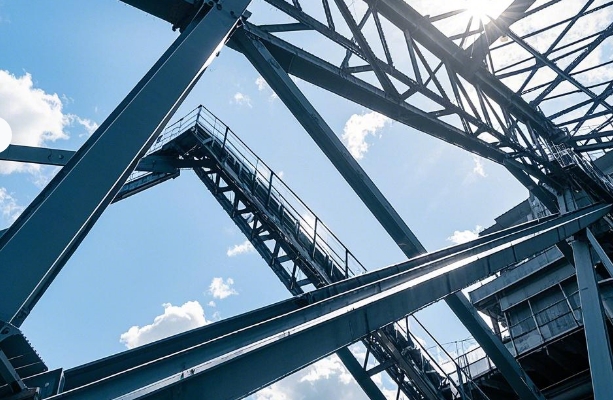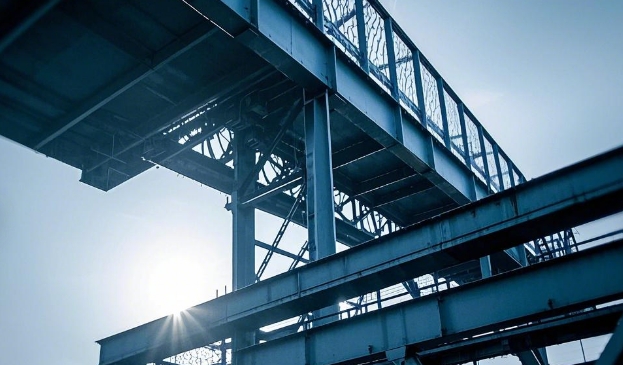Support method of grid structure
更新时间:2021-01-22 09:10:31•点击:76919 • Grid Knowledge

The special structure of the grid structure has strict requirements on the supporting methods, so what are the supporting methods of the grid? According to the needs of different projects, the supporting methods of the grid structure can be divided into: peripheral supporting grid, three-sided supporting grid, two-sided supporting grid, point supporting grid and a combination of peripheral supporting grid and point supporting grid.
Peripheral support grid
Peripheral support grid means that all nodes on the periphery of the grid are support nodes, and the support nodes can be supported on the top of the column or on the contact beam. This type of grid frame transfers force directly and evenly, which is a universal support method.
Three-sided support grid
The three-sided support grid refers to the three-sided support grid when one side axis of a rectangular building must be designed as an open gate and passage due to production needs, or one side of the building is not suitable for load-bearing components due to the requirements of the building function. .
Support grid on both sides
The two-sided support grid refers to the quadrilateral grid. Only the nodes on the opposite sides are designed as supports, and the other two sides are free edges. This type of grid support is rarely used.
Point support grid
The setting principle of the point support grid is to reduce the positive bending moment and deflection, so that the internal force of the entire grid tends to be uniform. For single-span multi-point support, the cantilever length should be 1/3 of the middle span, for multi-span multi-point support , The overhang length should be 1/4 of the middle span.
Peripheral support grid
The combination of the peripheral support grid and the point support grid refers to the addition of intermediate support points inside the building on the basis of the peripheral support, which can effectively reduce the internal force peak and deflection of the grid members. This form is especially suitable for large-column network industrial plants, warehouses, exhibition halls and other buildings.
Recommended Reading
-
Full analysis of seismic design and maintenance of grid structure
2025-02-27 16:16:52•1259427 次
-
What are the key process points to follow in order to ensure the quality of grid processing?
2025-02-27 11:21:00•151830 次
-
What type of construction is the grid mainly suitable for?
2025-02-25 16:42:00•148454 次
-
Quality control requirements of grid manufacturers!
2025-02-25 16:02:44•283677 次






